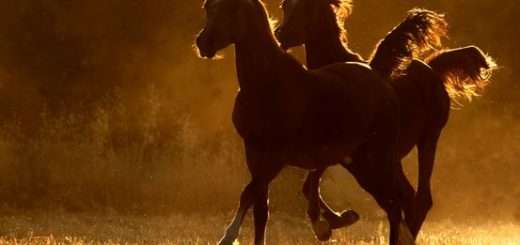Different Kinds of Kites for Basant in Pakistan
Patang Baazi in Indo-Pakistan is much more than the kite-flying that rest of the world knows.
Where Kite-flying is a game of leisure, Patang Baazi is a competitive sport and form of art like no other.
With daur (string glazed with mix of powdered glass with glue), the kite is carefully attached to it (called Tinayein) by Patangbaaz.
According to the wind speed, the expert pick the type of kite as stronger wind don’t go well with larger kites as harder to control and hold.
Although Basant is officially banned due to casualty resulting as result of sharp daur injuring bicycle riders and pedestrians, it remains a part of memory of beloved culture of Lahore.
Below is some hardcore jargon that only the actual PatangBaaz must know:
- Pecha: The collision of glass-coated thread which leads to one kite’s daur cut by the winner
- Kanni: For novices, someone holds the kite at a distance so easy to fly with first pull of string
- Chaipee: Sticky tape uses to mend kite paper cracks
- Chapp: The hunch in the bamboo of kite, which leads to kite falling suddenly. Fixed by curving the bamboo of kite
- Chemical: Thread which has chemical elements and may give an advantage in Paichaa.
- Paree: Gudda with a tail at the bottom.
- Machar: Diamond shaped Kite.
- Sharla: A tiny kite often used to cut bigger kites by doing pulling daur rapidly, which is considered a foul in Paichaa.
- Taanga: A tall bamboo often used by Lootairey on the street to grab kites that are cut








![Kuch Ishq Kiya, Kuch Kaam Kiya [Ishq Aur Kaam] - Faiz Ahmed Faiz](https://www.ravimagazine.com/wp-content/uploads/2015/03/faiz-461x245.jpg)



![Mevlana Rumi Shrine, Konya [Turkey]](https://www.ravimagazine.com/wp-content/uploads/2017/04/mevlana_rumi_shrine-520x245.jpg)

